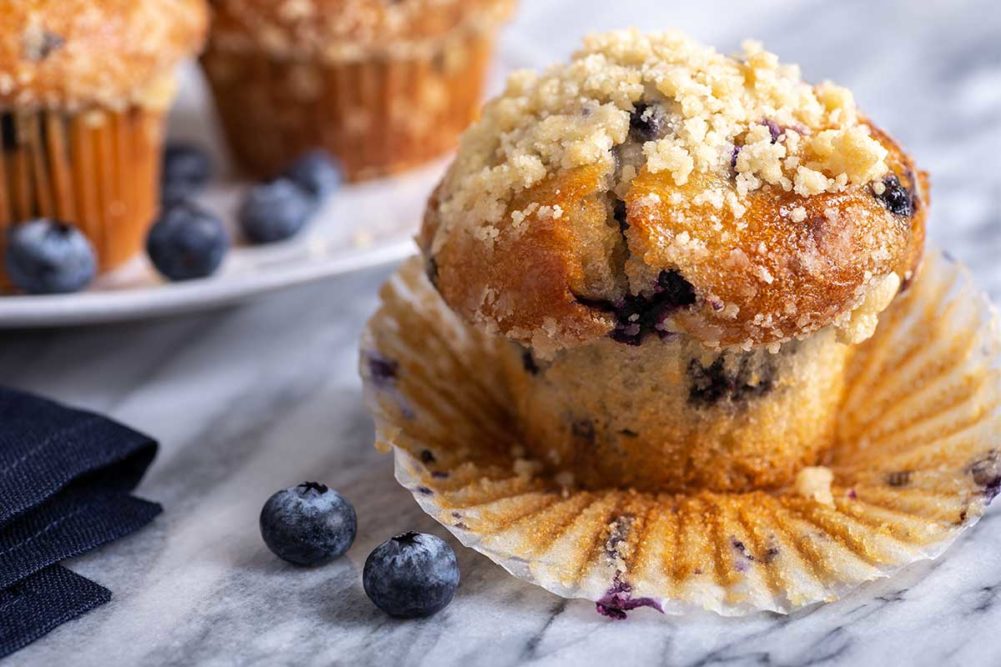There’s always been a certain number of consumers who have sought out foods that help them reach their health goals, but the COVID-19 pandemic has kick-started that journey for a wider population.
It used to be one in five people understood the role food plays in staying healthy, but that has risen in the past two years, said Sally Lyons Wyatt, IRI executive vice president and practice leader, client insights.
“Consumers are continuing to look for ways to assist them on their wellness journey so they can minimize getting sick,” she said. “Part of that is all the macroeconomic things going on. All of our pocketbooks are strained, so if we can stay well, we can avoid having to go to the doctor and having another bill to pay. What we’ve seen is this boost with immunity or gut health. Even vision and eye health — we’ve seen some interesting trends in regards to that as well.”
She’s also seeing foods offering more than one benefit.
“In the past, it might be low fat, low salt, low sugar,” Ms. Lyons Wyatt noted. “Those still are there, but we’ve seen more of this compounded need for ‘Maybe I want low salt and immunity or low sugar and eye vision health.’ They’re looking for this combination of assets from their snacks and bakery.”
While some consumers are cutting back on sugar overall, others are watching their sugar intake to save up those calories for later, said Melissa Abbott, vice president, retainer services, The Hartman Group Inc.
“Consumers will continue to pay homage to wellness as immunity continues to play a significant role in wellness. However, consumers can be found cutting back on sugars in everyday foods to save up for the real thing and feel satisfied with treating themselves to a proper dessert,” she said.
Consumers are seeking options that support the planet in addition to their personal health.
“Citrus, among other fresh fruits, vegetables, botanicals and herbs check this box due to consumers’ perception of flavors derived from these sources as being closer-to-nature,” said John Stephanian, vice president, global culinary and innovation, ADM. “As such, we’ll see combinations of mandarin with basil, pink grapefruit with rosemary, finger lime with mint, yuzu with lavender and more spreading from culinary dishes to bakery and snack categories.”
In addition to seeking out plant-based foods that serve as dairy alternatives and using plants as base ingredients, such as chickpea flour or cassava, bakers and snack makers are considering sustainability in several ingredient choices.
“Sustainability is apparent in packaging, but it is also turning up in foods, such as in bakery or snacks that use upcycled ingredients,” said Marcia Mogelonsky, director of insight, food and drink, Mintel.
Bakers and snack makers are taking their products in many different directions, fulfilling the needs of consumers while experimenting with the myriad trends available. Whether people are interested in indulgence or wellness or — in many cases, both — consumers are well situated to find what they’re seeking.
This article is an excerpt from the December 2022 issue of Baking & Snack. To read the entire feature on Culinary Influences, click here.






